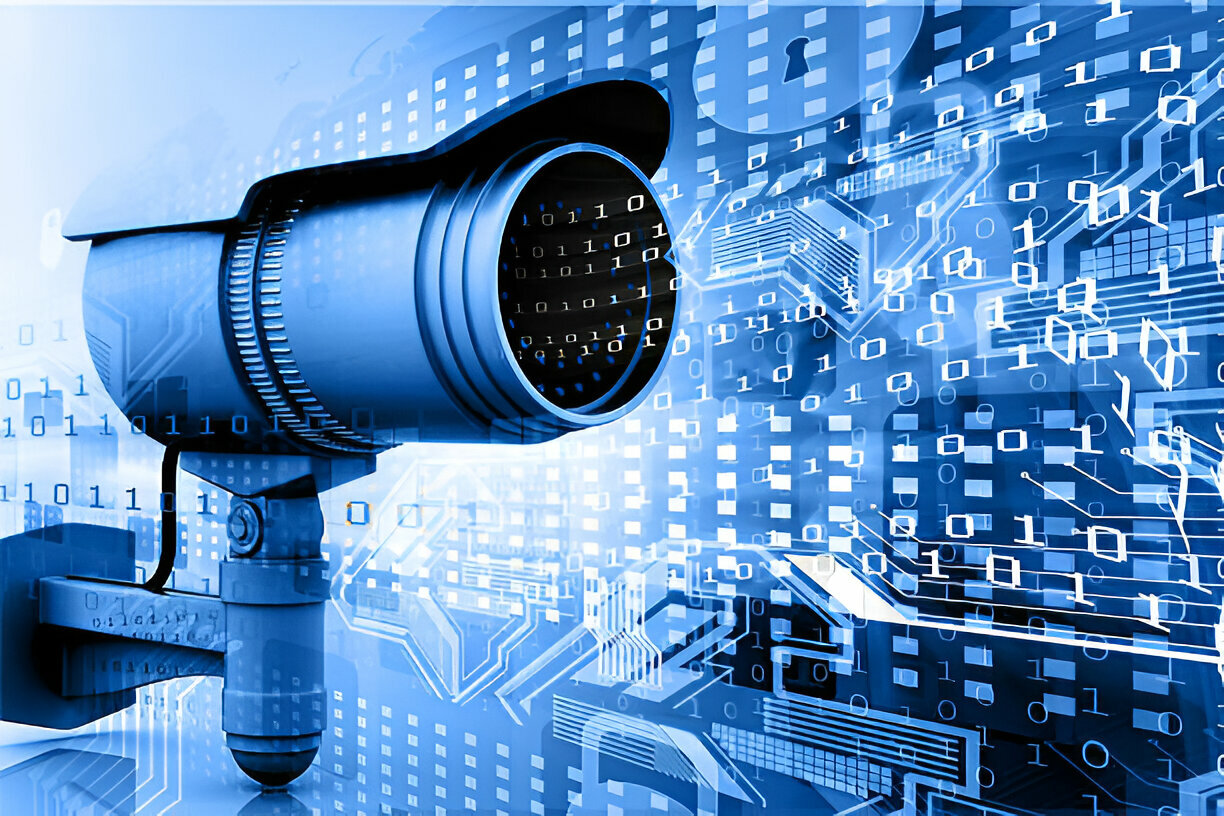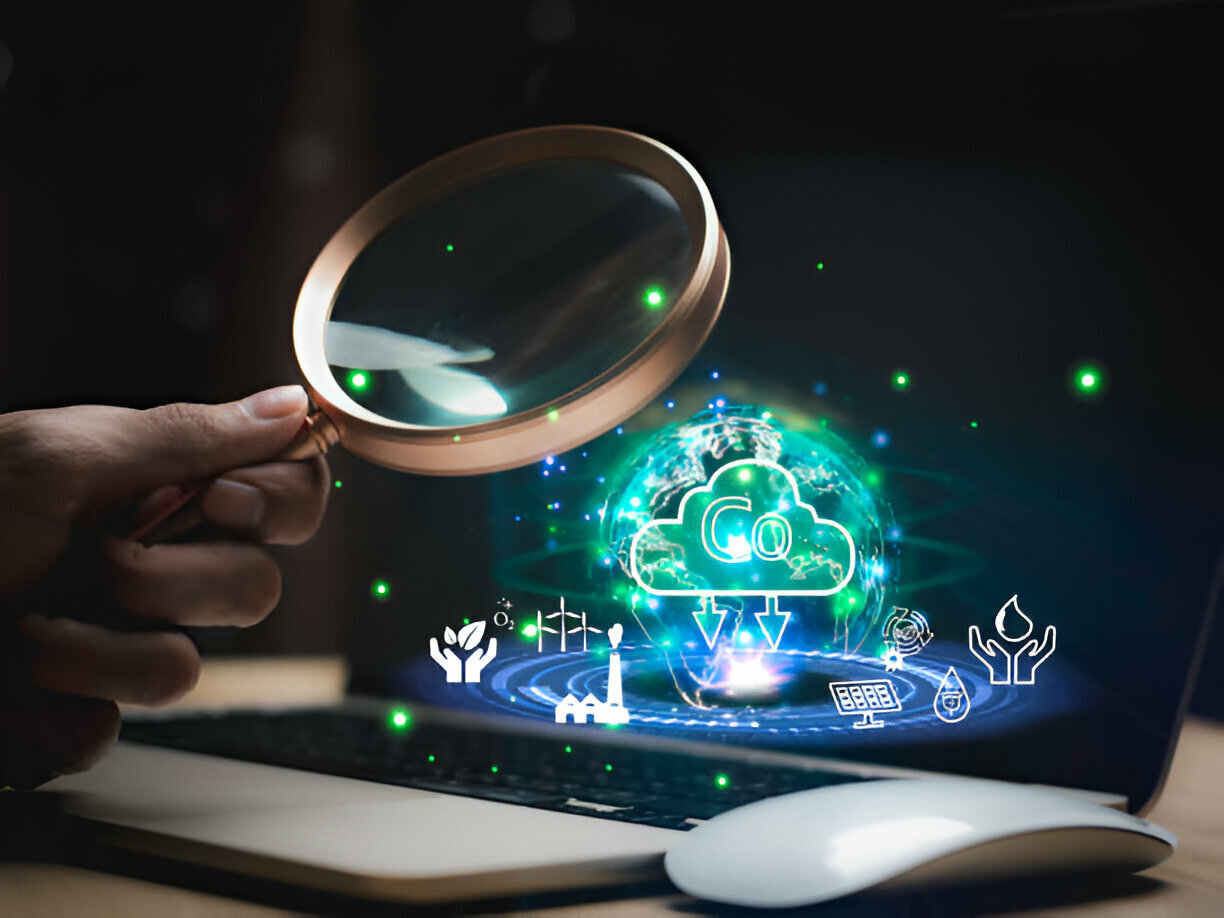Digital Forensics
Personal / Company Data Protection
Personal / Company Data Protection
Here, we prioritize the protection of your personal and company data. We offer comprehensive data protection services to safeguard your sensitive information and ensure compliance with applicable data protection regulations.
Data Privacy Assessments
Employee Training and Awareness
Data Breach Prevention and Response
Compliance Support
Data Security Solutions


Computer Forensics
Computer Forensics
Computer Forensics is a branch of digital forensic science
pertaining to evidence found in computers and digital
storage media. The goal of Computer Forensics is to
examine digital media forensically in a sound manner with
an aim of acquiring digital evidence, analysing facts, and
reporting on a case. This is done by examining digital
devices such as computers, hard drives, or any other
storage media or network conducted by a suitably trained
computer forensic analyst.
Here's what we provide:
Email Forensics
Expert Testimony
Steganography decoding services
Forensic examination of Internet access
Networking device logs examination
Malware and Volatile Memory analysis
Analysis of Encrypted / Password Protected data
Data Acquisition of Hard disk / Digital Storage Media
Incidence Response, on-site support and Evidence Processing
Deleted, partially overwritten or formatted data recovery from hard disk
Mobile Forensics Services
Mobile Forensics Services
Mobile Forensics is defined as “the science of recovering digital evidence from a mobile phone under forensically sound conditions using accepted methods.” Specifically, mobile forensics deals with recovering evidence from mobile devices like smartphones and tablets. As individuals today use mobile devices for sending, receiving and searching of data, these devices hold a huge amount of evidence which may be applicable to investigators for retrieving data, starting from call logs, messages, third party apps to web search history and location.


Cloud Forensics Services
Cloud Forensics Services
Cloud forensics is the application of digital forensics. It works on scientific principles, practices, and methodologies for recognition of the events through identification, collection, preservation, examination, and reporting of digital evidence. It is harder to identify evidence in cloud infrastructure since the data are located in different geographical areas. There are various techniques in cloud forensics based on cloud service and deployment models. The customer doesn't have any control of the hardware and they have to depend on CSP for collecting the evidence in the Software as a Service (SaaS) and Platform as a Service (PaaS) models, whereas, customers can acquire the Virtual Machine (VM) image and logs within the case of Infrastructure as a Service (IaaS) model. Cloud network forensics is necessary to block attackers who are trying to hack the cloud services and get notified when hackers are trying to gain access to your cloud infrastructure, platform, or service.
Email Forensics Services
Email Forensics Services
Email forensics is defined as the study of the source and content of an email to identify the author or sender, the recipient, the date and time and the origin of an email message. Email forensics can also be defined as the process of collecting and analysing email data such as archives and server logs, to establish a picture of email communication events. In Email Forensics, Email header analysis is the primary analytical technique. This involves analysing metadata in the email header. It is evident that analysing headers helps to identify the majority of email-related crimes. Email spoofing, phishing, spam, scams and even internal data leakages can be identified by analysing the header. It is highly recommended that the email data is always acquired and extracted by experienced digital forensic professionals because they know how to acquire the data in a forensic sound way.


Cybercrime Investigation Services
Cybercrime Investigation Services
Cybercrime investigation is the process of investigating,
analyzing and recovering critical forensic digital data
from the networks involved in the attack that could be the
Internet and/or a local network. We carry out such
cybercrime Investigations, in order to identify the
authors of the digital crime and their true intentions.
Computer Fraud Investigations :
Account data from online auctions
Accounting software and files
Digital camera software
Email, notes and letters
Financial and asset records
Customer information
Credit card data
Databases
Address books
Calendar
Chat Logs
Forensics Data Recovery Services
Forensics Data Recovery Services
We specialize in providing professional and reliable
forensics data recovery services. With our
state-of-the-art techniques and expertise, we help
individuals, businesses, and organizations recover crucial
data from a variety of digital devices, even in the most
challenging scenarios. Whether it's a deleted file,
damaged storage media, or a cybercrime investigation, our
team of skilled forensic experts is here to assist you.
Our Services :
Data Recovery for Digital Devices
Forensic Investigations
Deleted File Recovery
Damaged Media Recovery
Cybercrime Investigation


Audio Visual Forensics Services
Audio Visual Forensics Services
Specialists in the analysis and enhancement of audio and
visual digital evidence can be critical to the outcome of
a criminal or civil case. CCTV networks and sophisticated
mobile phones and cameras have the ability to capture the
world around us, however, in its native format footage is
often so badly distorted that it is useless or lacks
impact. We offers a complete enhancement service to ensure
you get the most from your evidence. Our audio visual
forensic suite allows us to work from a variety of media
to the highest possible standards.
Here's what we do:
Digital Forensic Processes
Phonetic Disclosure
Video Forensic Investigations
Audio Forensic Investigations
Malware Analysis
Malware Analysis
It’s a practical way of understanding the individual
functions, purposes, origins and potential impacts of
different types of malicious software (malware) and code.
It involves assessing and learning how each specific
sample functions and how its code differs from other types
of malware. This includes malware that’s contained within
suspicious files and website links. Malware is any piece
of software that’s harmful to your system — worms,
viruses, trojans, spyware, etc. Discovering them continues
to be a challenge as attackers are writing increasingly
sophisticated programs to evade detection. Malware
analysis can help you to determine if a suspicious file is
indeed malicious, study its origin, process, capabilities,
and assess its impact to facilitate detection and
prevention.
Malware Analysis Techniques
Basic Static Analysis
Basic Dynamic Analysis
Advanced Static
Advanced Dynamic


E-Discovery
E-Discovery
Electronic discovery, or e-discovery, involves
identifying, collecting, and analyzing electronically
stored information (ESI) in response to legal requests.
ESI includes emails, documents, databases, social media,
and more. The complex processes and technologies of
e-discovery manage the vast amount of electronic data
created daily. Electronic documents are dynamic and
contain metadata such as timestamps and author
information. Preserving the original content and metadata
is crucial to prevent tampering with evidence during a
trial. Once relevant data is identified, potentially
sensitive documents are secured and cannot be altered.
Data is analyzed, irrelevant information is filtered out,
and the remaining data is stored securely for review by
legal professionals.
Malware Analysis Techniques